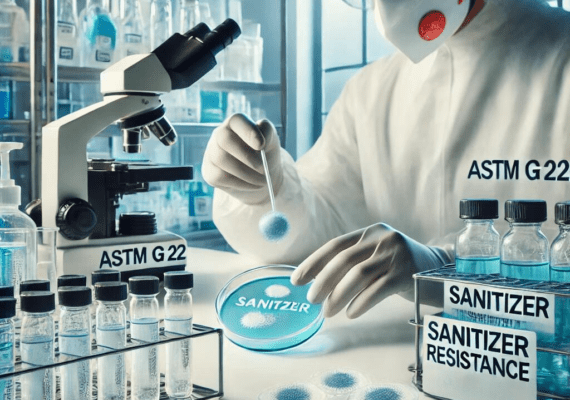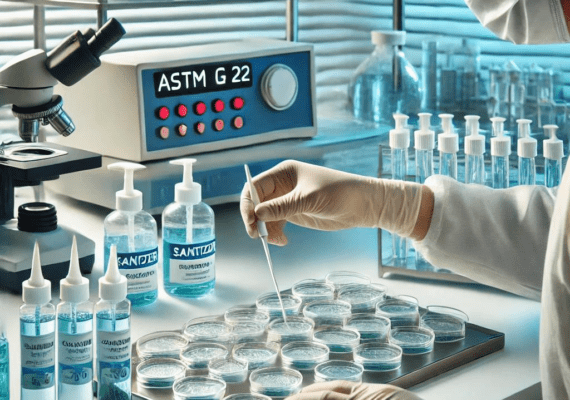
ASTM G 22 is a standard test method designed to assess the ability of plastics to resist the effects of bacterial growth. This test is especially relevant for materials used in environments where high levels of cleanliness are paramount, such as healthcare, food processing, and consumer products.
The method involves exposing plastic samples to bacterial cultures under controlled conditions, simulating the effects of long-term exposure to microbes. By following this standard, manufacturers can determine how well their plastic products withstand such exposure and whether they remain intact and functional after being subjected to sanitizers.
In today’s world, sanitizers are used more than ever in both industrial and domestic settings. Plastics that come into contact with these chemical agents must be able to maintain their structural integrity and functionality. Failing to meet sanitizer resistance standards could lead to material degradation, potential contamination, and safety concerns.
Testing for sanitizer resistance ensures that plastic materials do not harbor bacteria or deteriorate when exposed to cleaning agents. This is crucial for industries like healthcare, where material performance can directly impact hygiene standards.
The ASTM G 22 testing process is meticulous and ensures that every material is evaluated under strict conditions. Here’s a simplified overview of how the test is conducted:
For manufacturers of plastic products, passing ASTM G 22 testing is a testament to the material’s durability and safety in environments where sanitizers are commonly used. This standard is particularly relevant for plastics used in medical devices, food packaging, and surfaces in hospitals, kitchens, and public spaces.
Not only does compliance with ASTM G 22 help manufacturers meet regulatory standards, but it also enhances product credibility and marketability. Consumers and industries are increasingly aware of the importance of material hygiene, and products that meet these standards can offer a competitive advantage.
